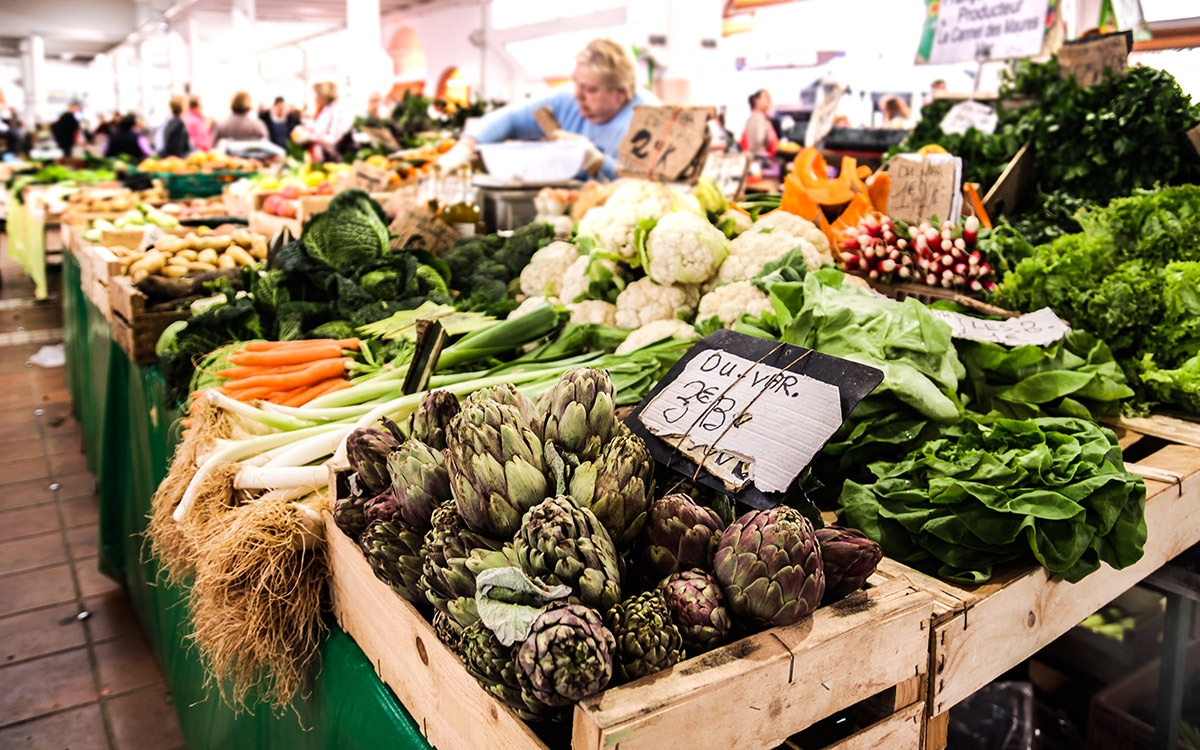
Nouns in English, difference between Countables and Uncountables
Nouns in English can be divided into two big categories: the ones that can be counted, and the ones that cannot be counted.
COUNTABLES NOUNS:
- Countables can be counted, and therefore, they have a plural form (s).
- Countables usually represent: a) objects, b) animals, or c) materials that can be matematically assessed.
- Countables can be preceded by the a/an (indefinite) article or by a number.
- In order to determine quantity in questions, Countables are preceded by the expression how many.
Examples:
- Lucy has three cats.
- Johnny ate two apples.
- They’ve lost the last three matches.
UNCOUNTABLES NOUNS
- Uncountables cannot be counted, therefore they do not have a plural form.
- Uncountables usually represent:
- Liquids (milk, water)
- Abstract ideas (e.g., advice, chaos, motivation)
- Powder and grain (e.g., rice, wheat, sand)
- Mass nouns (e.g., furniture, hair, transportation)
- Natural phenomena (e.g., sunshine, snow, rain, weather)
- States of being (e.g., sleep, stress, childhood)
- Feelings (e.g., anger, happiness, enthusiasm, courage)
- Gas (e.g., oxygen, air)
- Uncountables are never preceded by a number or definite or indefinite article.
- In order to determine quantity in questions, Uncountables are preceded by the expression how much.
- In order to identify a portion of an Uncountable, we use expressions such as: a few / a slice / a bar / a cup of / a piece of / a bit of.
Examples:
- This information is really useful, thank you.
- All of this furniture is beautiful.
- I don’t have any money.
- I have so much work to do I don’t know when I’ll get it done.
(Note that the singular form of the verb is used with Uncountables.)